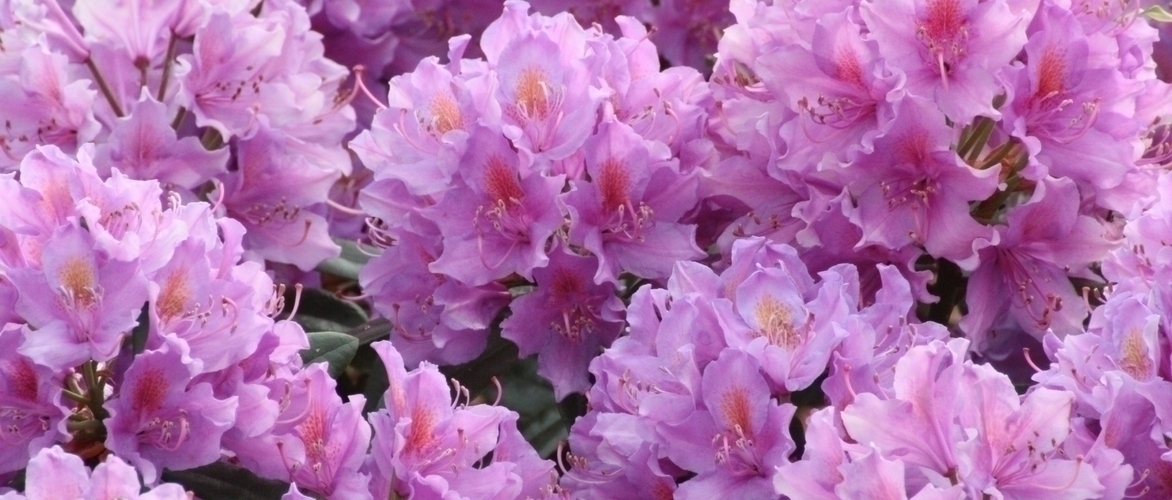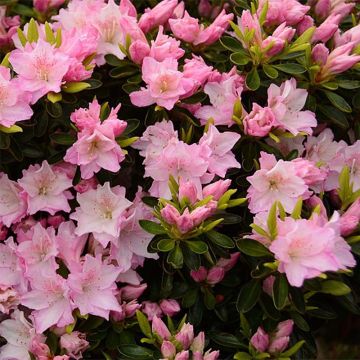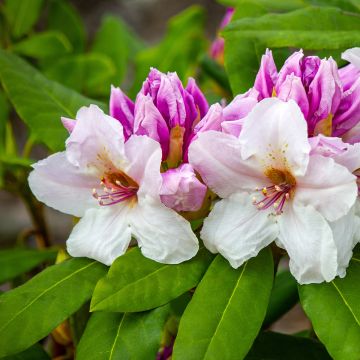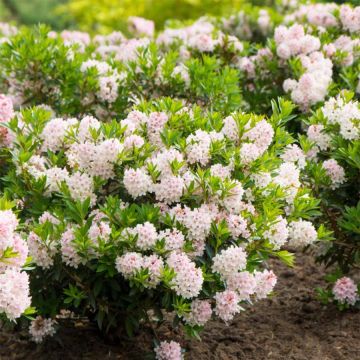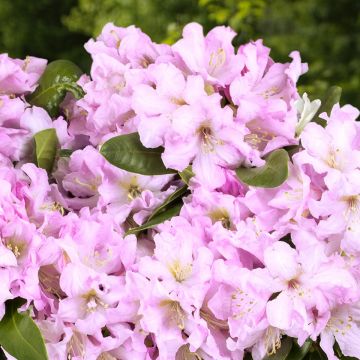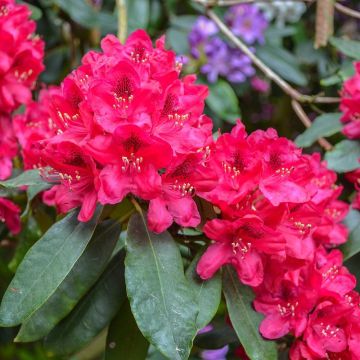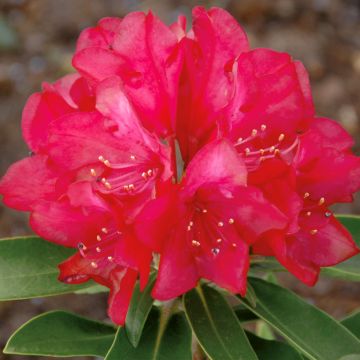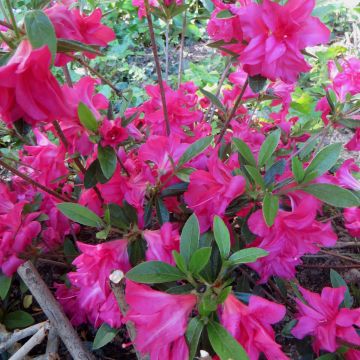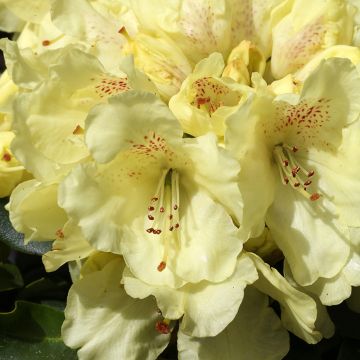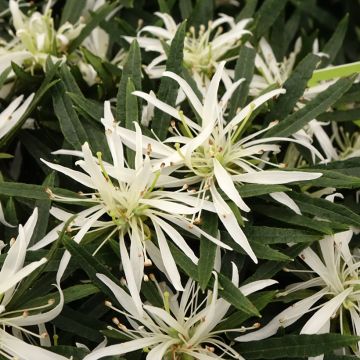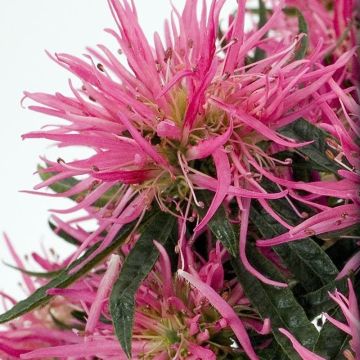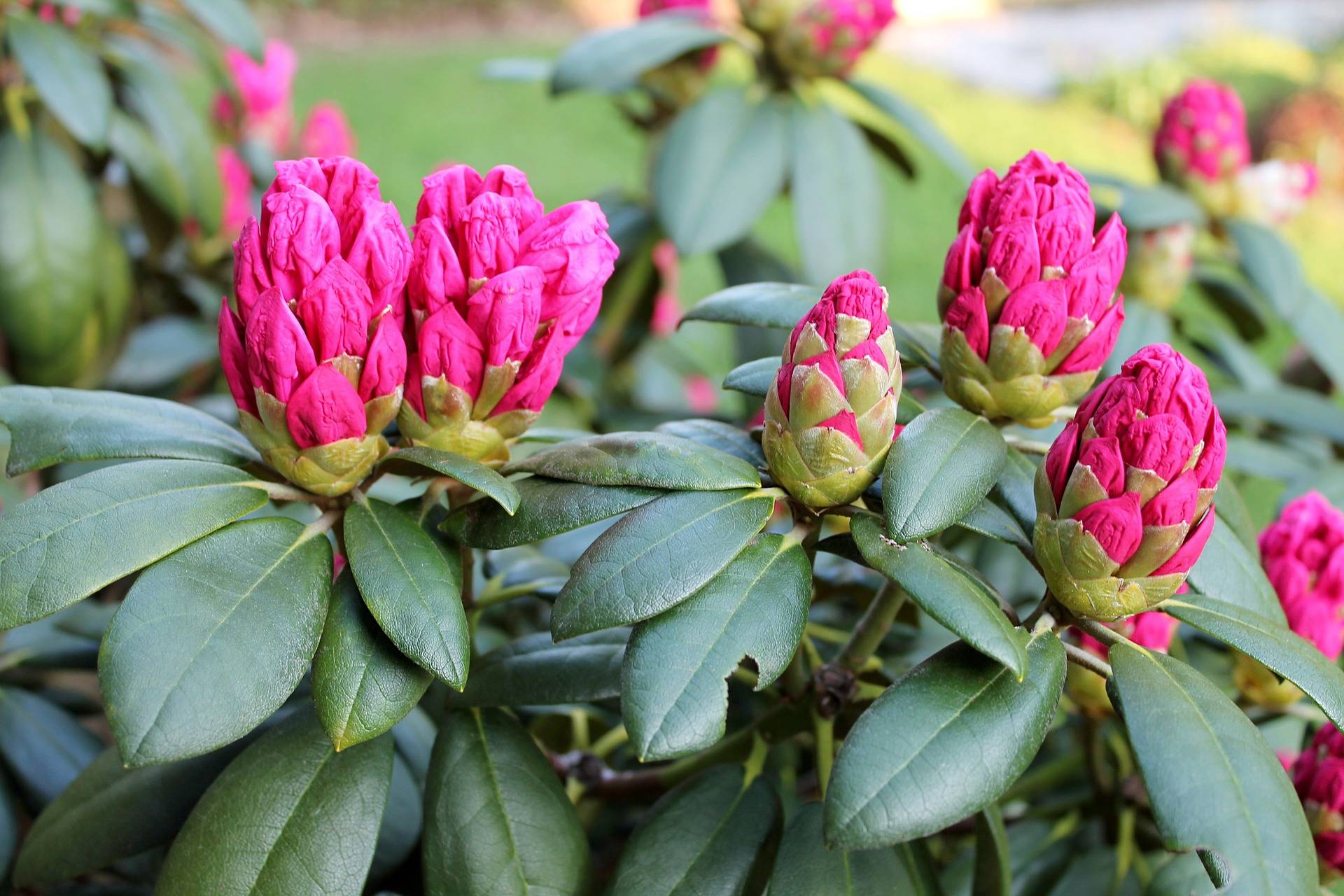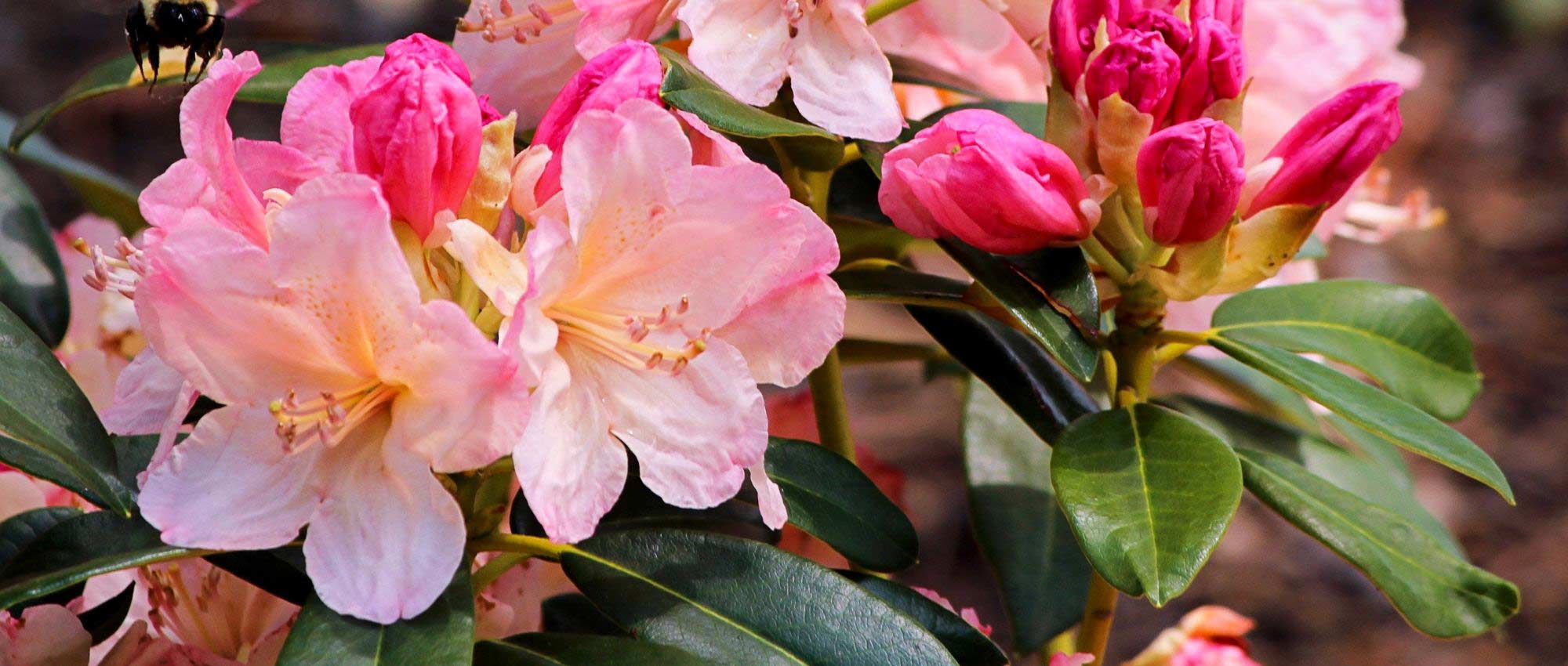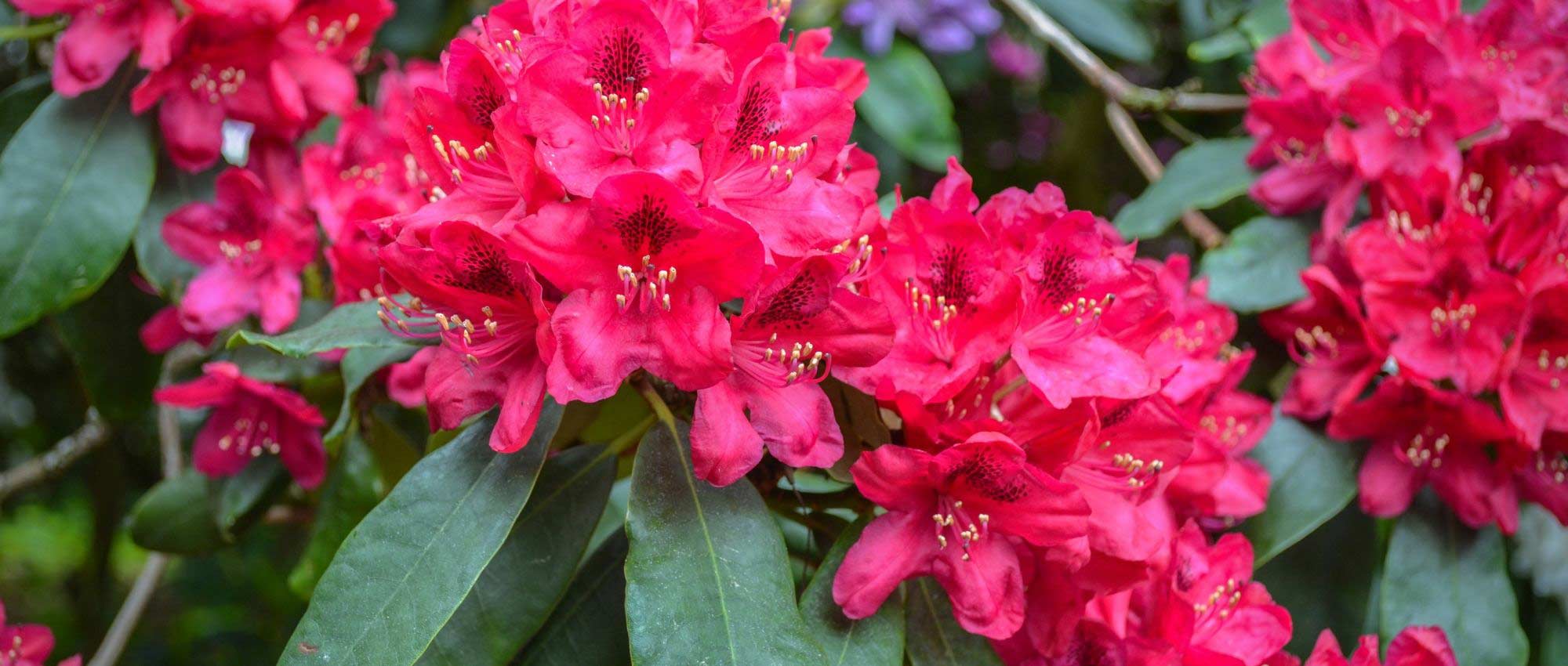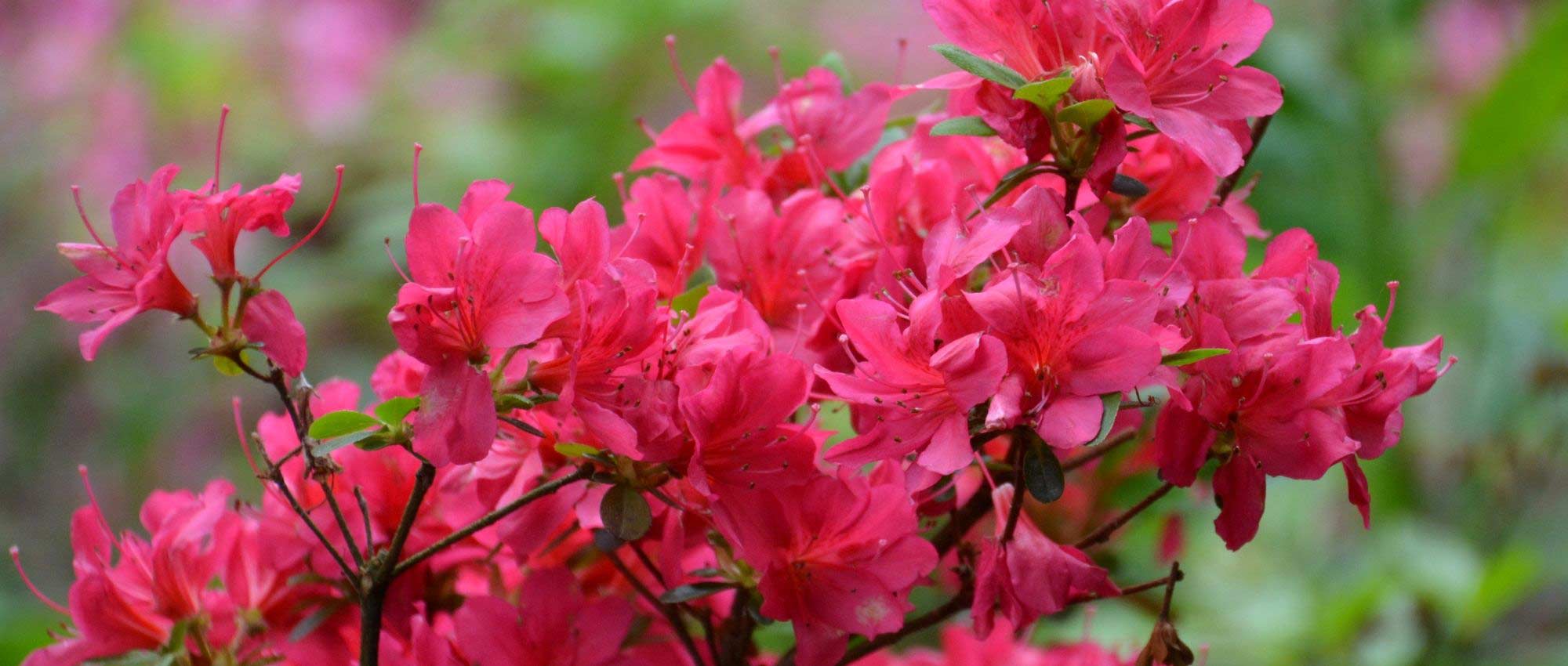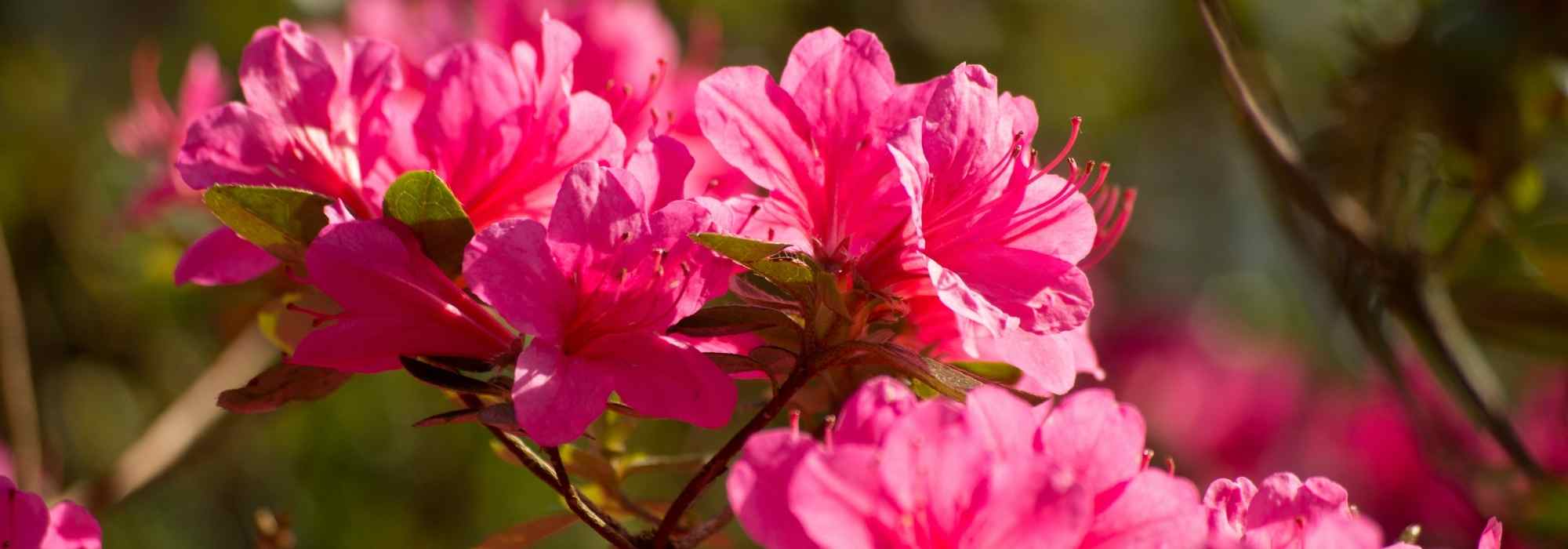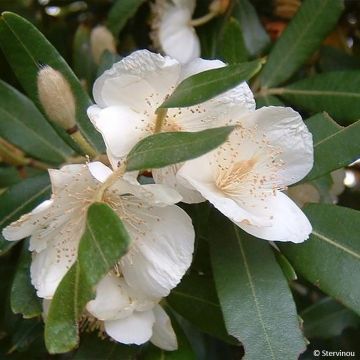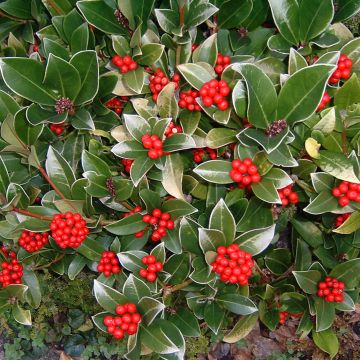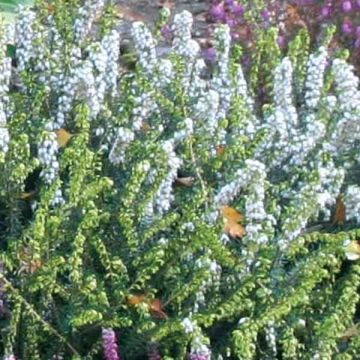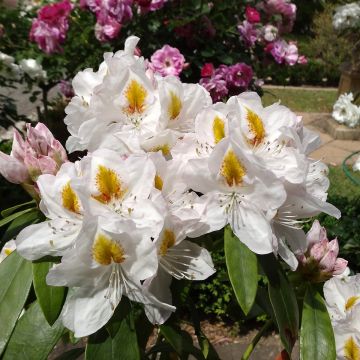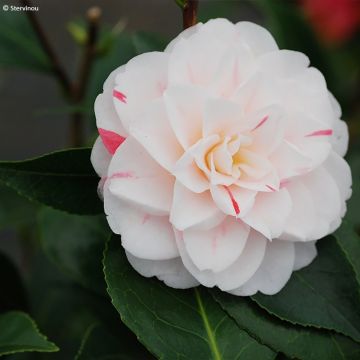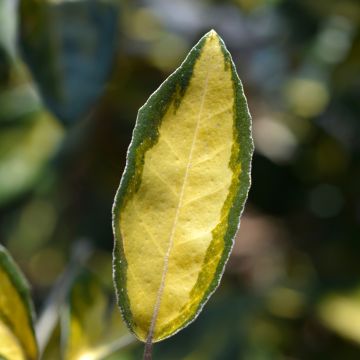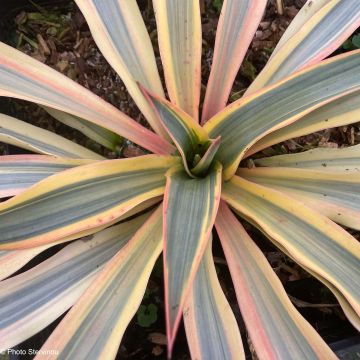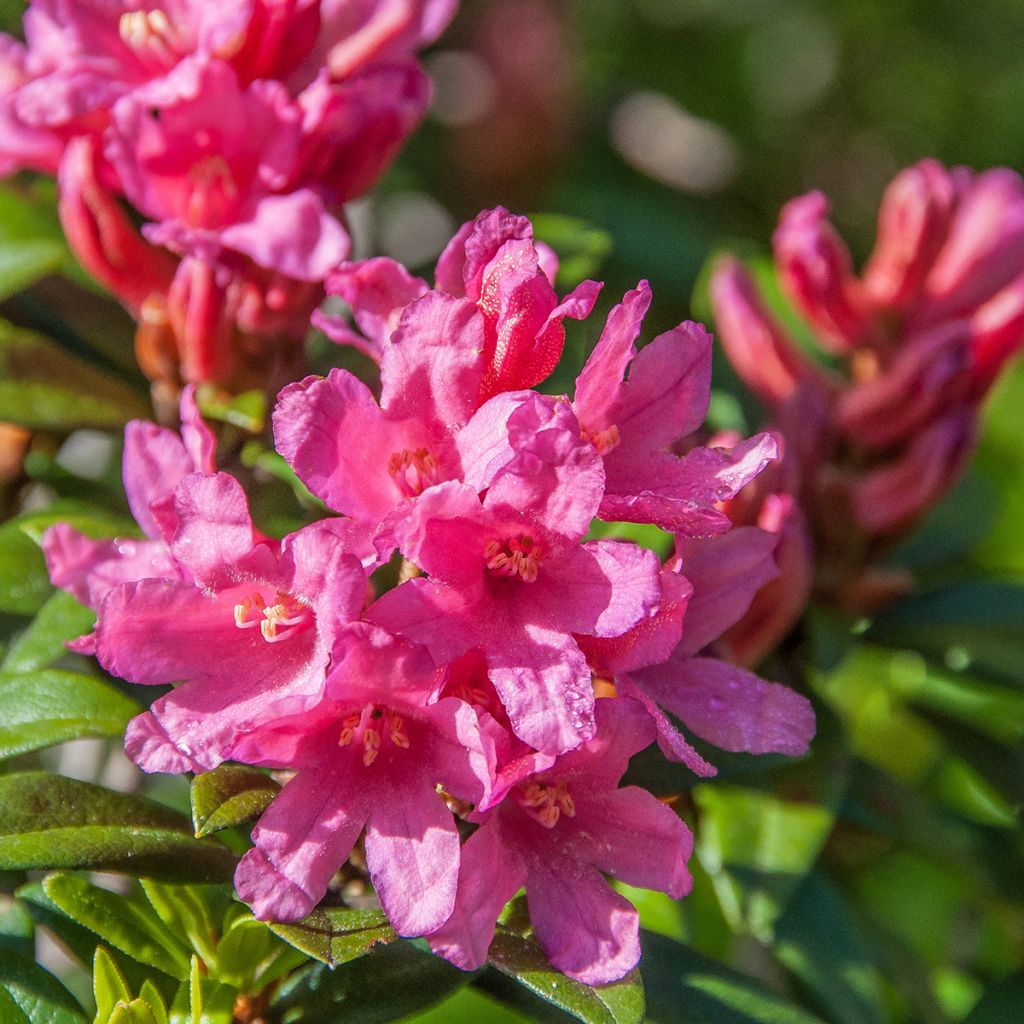

Rhododendron INKARHO Bloombux Magenta
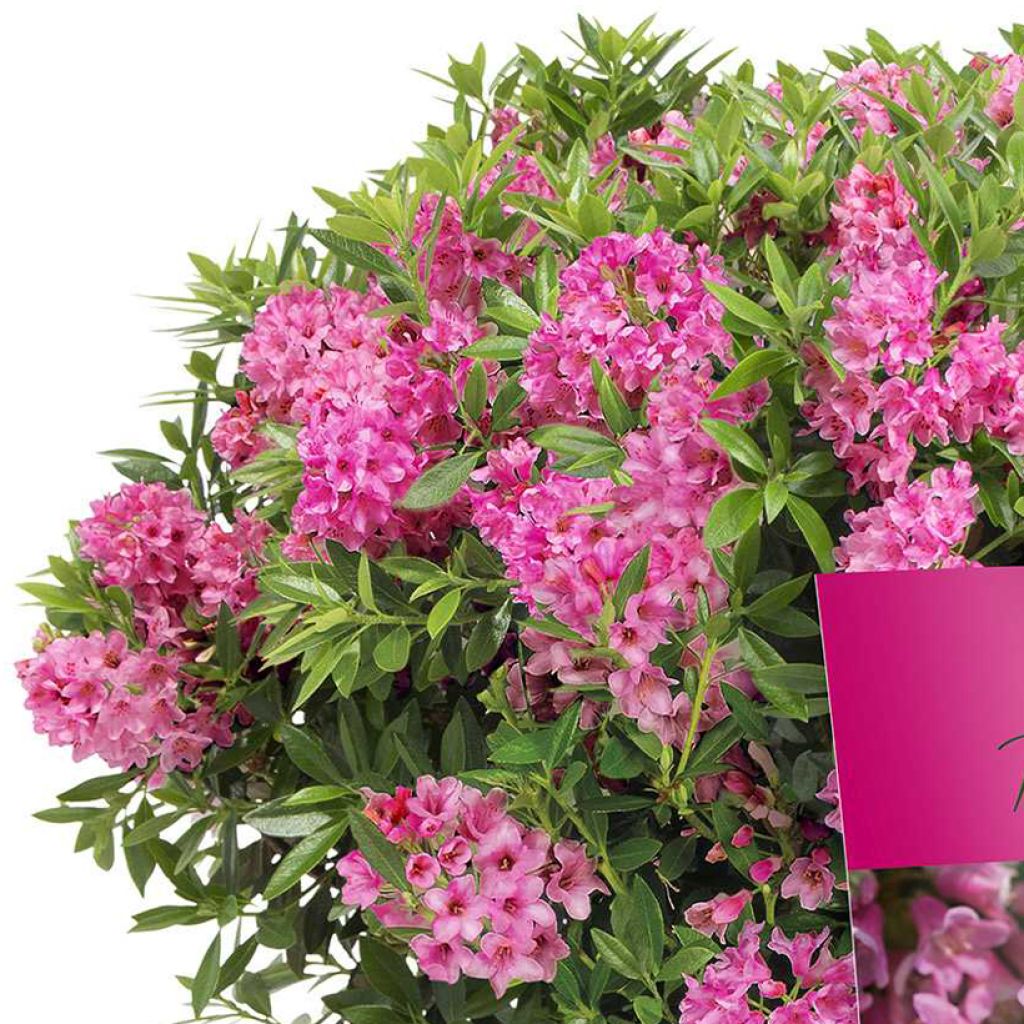

Rhododendron INKARHO Bloombux Magenta
Rhododendron INKARHO Bloombux Magenta
Rhododendron INKARHO® Bloombux Magenta
Rhododendron, Rose Bay
Nice plant. I'm waiting for the flowering.
Isa, 18/06/2025
Special offer!
Receive a €20 voucher for any order over €90 (excluding delivery costs, credit notes, and plastic-free options)!
1- Add your favorite plants to your cart.
2- Once you have reached €90, confirm your order (you can even choose the delivery date!).
3- As soon as your order is shipped, you will receive an email containing your voucher code, valid for 3 months (90 days).
Your voucher is unique and can only be used once, for any order with a minimum value of €20, excluding delivery costs.
Can be combined with other current offers, non-divisible and non-refundable.
Home or relay delivery (depending on size and destination)
Schedule delivery date,
and select date in basket
This plant carries a 24 months recovery warranty
More information
We guarantee the quality of our plants for a full growing cycle, and will replace at our expense any plant that fails to recover under normal climatic and planting conditions.

Does this plant fit my garden?
Set up your Plantfit profile →
Description
The 'Bloombux Magenta' Rhododendron with its small shiny foliage is ideal for low hedges that are pruned, it is a dwarf rhododendron with the soul of a boxwood. In addition, it is part of the Inkharo range: its roots tolerate the presence of clay and limestone in the soil better. It is therefore a non-acidophilous and chameleon-like rhododendron. The Magenta cultivar is adorned with the most intense pink flowers in the Bloombux range. Fragrant and melliferous, they bloom in June on a compact, hardy, and evergreen bush. It can be grown in a pot as well and behaves like a flowering boxwood, resistant to diseases.
Rhododendrons encompass over 800 species from the ericaceae family, cultivated for the beauty of their massive flowering. The story of the Inkharo Rhododendrons, somewhat revolutionary plants recently presented at the Chelsea Flower Show, began in Germany over 20 years ago. The discovery of a rhododendron naturally growing in a chalk quarry made it possible to graft different varieties onto its extraordinary root system. The bushes obtained by this method tolerate a wide range of soils with a pH ranging from 4.5 to 7.5, provided they are loose, fertile, moist, and not excessively chalky. In summary, a soil that suits hydrangeas. The 'Bloombux Magenta' variety is one of the latest introduced to the market and one of the easiest to grow. It is a hybrid between two dwarf species, R. hirsutum and R. micranthum. The bush has a rounded and slightly spreading habit. It will reach about 75cm in height in 10 years, 1m at maturity. Its evergreen foliage is composed of small oval and pointed, entire, dark green leaves with a satin finish. Flowering takes place in June, in the form of terminal clusters composed of a multitude of small flowers ranging from medium to deep pink, slightly fragrant. This plant tolerates pruning just after flowering. It has excellent hardiness.
The 'Bloombux Magenta' Rhododendron is relatively tolerant regarding exposure; we advise you to place it in non-burning sunlight or partial shade, ideally in the east, where it will benefit from morning sun while being protected from excessive heat. In the garden, it can replace boxwood in all its uses: as a hedge, topiary, or in large pots. In a more traditional way, you can plant it alongside many other flowering shrubs, not necessarily acidophilous: hydrangeas, Japanese quinces, smaller buddleias, dwarf Abelias, or autumn camellias. In acid soil, it can of course be associated with Azaleas, Pieris, Japanese Maples, or, in the back of the border, with Ferns and Japanese Anemones.
Rhododendron INKARHO Bloombux Magenta in pictures
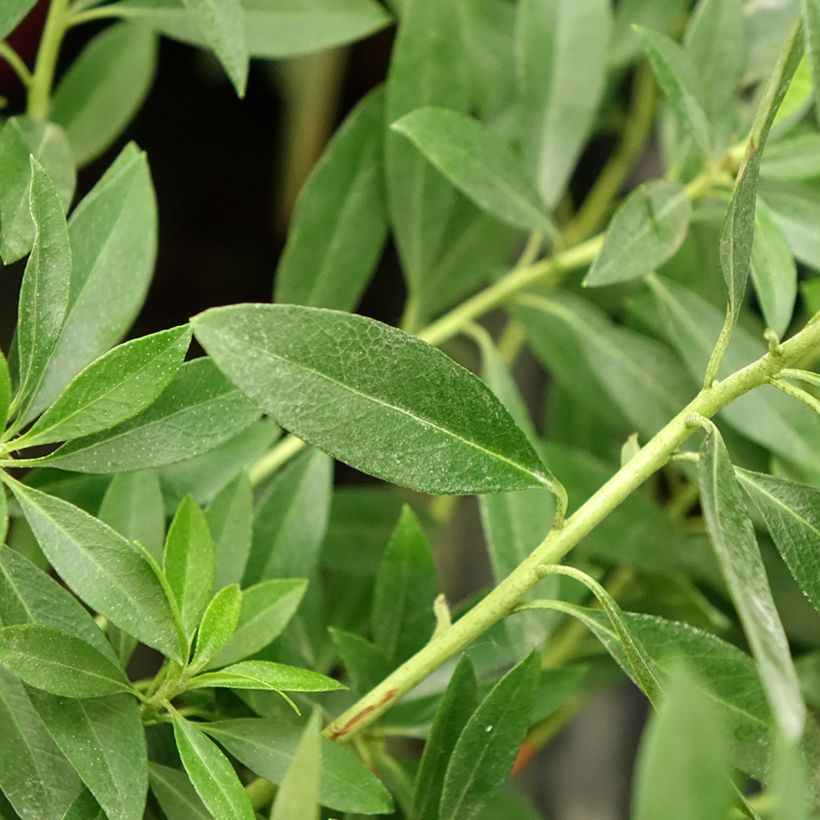

Plant habit
Flowering
Foliage
Botanical data
Rhododendron
INKARHO® Bloombux Magenta
Ericaceae
Rhododendron, Rose Bay
Cultivar or hybrid
Other Small Rhododendron
View all →Planting and care
Plant the 'Bloombux Magenta' Rhododendron in partial shade, protected from cold and drying winds, in a moist, loose, fertile soil. It will prefer a slightly alkaline, neutral or acidic soil, which is suitable for a hydrangea. Dig a hole three times larger than the pot. Soak the root ball in water and plant the bush at the level of the collar, in a nourishing mixture composed of leaf compost, gravel or pumice, and loam or topsoil, as Inkarho Rhododendrons are hungry plants. Water generously and keep the soil moist in summer. Azaleas and Rhododendrons have a relatively shallow root system. As a result, they are sensitive to long periods of drought. This is why it is recommended to enrich the soil with humus and to water abundantly during dry periods. Apply a layer of wood chips or mulch at the base of the bush every spring to keep the soil cool while maintaining a slightly acidic pH. Maintenance involves removing faded flowers after flowering and cleaning out dead branches. This variety is particularly well-suited for pruning, allowing it to be shaped into a hedge or topiary. Azaleas and Rhododendrons can sometimes be attacked by weevils, which eat the edges of leaves and rootlets, as well as the infamous "rhododendron beetle," which does not often cause significant damage. There are effective natural solutions against weevils. The yellowing of leaves (chlorosis) in Rhododendrons indicates poor assimilation of iron in the soil and can lead to the premature death of the plant. While limestone is often the cause, poorly drained soil or a deeply planted root ball can also explain the phenomenon.
Planting period
Intended location
Care
Planting & care advice
-
, onOrder confirmed
Reply from on Promesse de fleurs
Similar products
Haven't found what you were looking for?
Hardiness is the lowest winter temperature a plant can endure without suffering serious damage or even dying. However, hardiness is affected by location (a sheltered area, such as a patio), protection (winter cover) and soil type (hardiness is improved by well-drained soil).

Photo Sharing Terms & Conditions
In order to encourage gardeners to interact and share their experiences, Promesse de fleurs offers various media enabling content to be uploaded onto its Site - in particular via the ‘Photo sharing’ module.
The User agrees to refrain from:
- Posting any content that is illegal, prejudicial, insulting, racist, inciteful to hatred, revisionist, contrary to public decency, that infringes on privacy or on the privacy rights of third parties, in particular the publicity rights of persons and goods, intellectual property rights, or the right to privacy.
- Submitting content on behalf of a third party;
- Impersonate the identity of a third party and/or publish any personal information about a third party;
In general, the User undertakes to refrain from any unethical behaviour.
All Content (in particular text, comments, files, images, photos, videos, creative works, etc.), which may be subject to property or intellectual property rights, image or other private rights, shall remain the property of the User, subject to the limited rights granted by the terms of the licence granted by Promesse de fleurs as stated below. Users are at liberty to publish or not to publish such Content on the Site, notably via the ‘Photo Sharing’ facility, and accept that this Content shall be made public and freely accessible, notably on the Internet.
Users further acknowledge, undertake to have ,and guarantee that they hold all necessary rights and permissions to publish such material on the Site, in particular with regard to the legislation in force pertaining to any privacy, property, intellectual property, image, or contractual rights, or rights of any other nature. By publishing such Content on the Site, Users acknowledge accepting full liability as publishers of the Content within the meaning of the law, and grant Promesse de fleurs, free of charge, an inclusive, worldwide licence for the said Content for the entire duration of its publication, including all reproduction, representation, up/downloading, displaying, performing, transmission, and storage rights.
Users also grant permission for their name to be linked to the Content and accept that this link may not always be made available.
By engaging in posting material, Users consent to their Content becoming automatically accessible on the Internet, in particular on other sites and/or blogs and/or web pages of the Promesse de fleurs site, including in particular social pages and the Promesse de fleurs catalogue.
Users may secure the removal of entrusted content free of charge by issuing a simple request via our contact form.
The flowering period indicated on our website applies to countries and regions located in USDA zone 8 (France, the United Kingdom, Ireland, the Netherlands, etc.)
It will vary according to where you live:
- In zones 9 to 10 (Italy, Spain, Greece, etc.), flowering will occur about 2 to 4 weeks earlier.
- In zones 6 to 7 (Germany, Poland, Slovenia, and lower mountainous regions), flowering will be delayed by 2 to 3 weeks.
- In zone 5 (Central Europe, Scandinavia), blooming will be delayed by 3 to 5 weeks.
In temperate climates, pruning of spring-flowering shrubs (forsythia, spireas, etc.) should be done just after flowering.
Pruning of summer-flowering shrubs (Indian Lilac, Perovskia, etc.) can be done in winter or spring.
In cold regions as well as with frost-sensitive plants, avoid pruning too early when severe frosts may still occur.
The planting period indicated on our website applies to countries and regions located in USDA zone 8 (France, United Kingdom, Ireland, Netherlands).
It will vary according to where you live:
- In Mediterranean zones (Marseille, Madrid, Milan, etc.), autumn and winter are the best planting periods.
- In continental zones (Strasbourg, Munich, Vienna, etc.), delay planting by 2 to 3 weeks in spring and bring it forward by 2 to 4 weeks in autumn.
- In mountainous regions (the Alps, Pyrenees, Carpathians, etc.), it is best to plant in late spring (May-June) or late summer (August-September).
The harvesting period indicated on our website applies to countries and regions in USDA zone 8 (France, England, Ireland, the Netherlands).
In colder areas (Scandinavia, Poland, Austria...) fruit and vegetable harvests are likely to be delayed by 3-4 weeks.
In warmer areas (Italy, Spain, Greece, etc.), harvesting will probably take place earlier, depending on weather conditions.
The sowing periods indicated on our website apply to countries and regions within USDA Zone 8 (France, UK, Ireland, Netherlands).
In colder areas (Scandinavia, Poland, Austria...), delay any outdoor sowing by 3-4 weeks, or sow under glass.
In warmer climes (Italy, Spain, Greece, etc.), bring outdoor sowing forward by a few weeks.






























